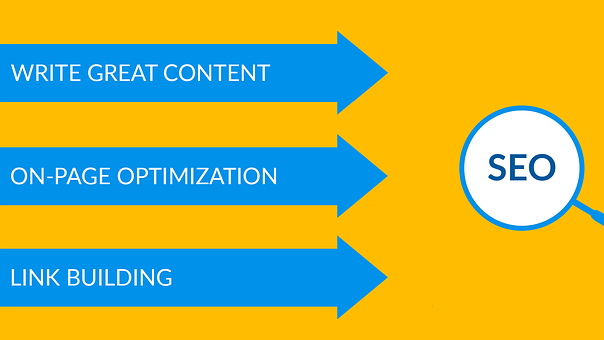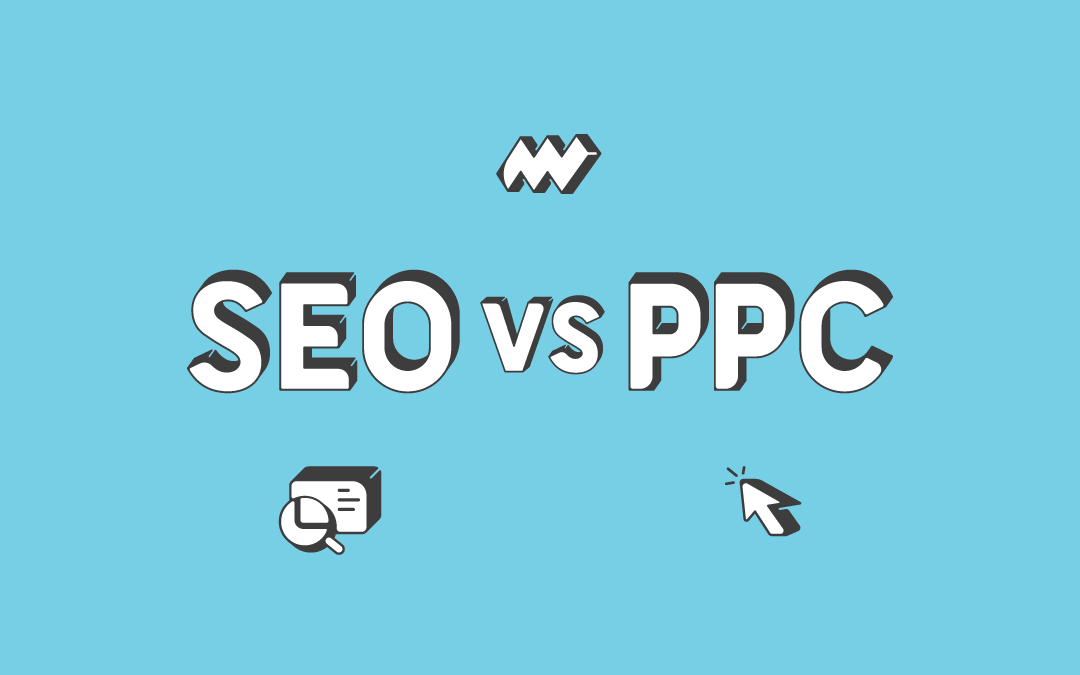Promote Your Business via Social Media Advertising Companies
November 27, 2017
Get Connected With Best SEO Company Canada
December 4, 2017The full form of SEO is Search Engine Optimisation. This is the platform for constructing the web pages and apply some techniques to help you rank better on the search engine result pages. The better your page ranks on individual search engines such as Google, Yahoo, Bing etc., the higher traffic your page will get. Now, SEO’s are divided into two different categories, On-Page SEO and Off-Page SEO.
On-Page SEO refers to the things which you can do while your website is online to help the webpage for ranking higher.
Off-Page SEO refers to the techniques that you can put to use to improve the webpage SEO rankings directly ON the website. This includes various examples such as article submission, blog writing, forum marketing, social media marketing etc.
Here we are going to discuss on effective ways to improve the page rankings in various search engines.
1. Page titles
Being one of the most prime factors to consider, webpage titles are the fundamental SEO factors for any site. Every webpage should have its unique style and title, which will include the main keywords for the page. Let’s take an example; you can write a blog post about a new tech that has launched in the market. It is then essential that you include the title ‘best tech in the market’ while writing your post, or you can also write ‘Newly launched tech of 2017’ or ‘the best tech you can find in 2017’ etc.
By this way, when anyone searches for the tech of 2017 or just merely latest tech in any search engine, your post will have better chances to show on the result page as you have included those keywords.
2. Meta descriptions
Lots of people forget to include the metadata on their webpage. These descriptions are fundamental to include because these keywords are added in the content, and this keyword shows up when the various results are listed in search results.
Let’s take an example, if we continue using the term ‘best tech in the market’, then the correct metadata that should include the relevant keywords of that phrase. So, if you use ‘this is currently the best tech gadget in the market in 2017, you can avail’, it would be a good metadata description to use. You just need to make sure that the metadata you’re using should have a small and crisp description of the related article.
3. Meta tags
For the individual pages, you can include some specific set of keywords as Meta tags. These Meta tags should consist of all the related keywords of your content which you’ve researched previously.
4. URL structure
If you include search friendly URL’s in the pages, then it would help your page a lot in achieving better rankings. In the search engine results, the shorter the URL is, the better the performance is, but it’s, not the only factor. The URL’s includes the keywords performs much better. The location of the particular keywords can also be of significant influence.
5. Body tags
While writing the articles, you should make smaller sections or paragraphs and include points of your content, for creating and understanding the material easier. To this these, H1, H2, H3, H4 etc. tags are used. The H1 tickets are reserved for the main page title, with the subheadings coming on the various tabs like H2, H3, and H4 etc. The search engines use these tags to determine what the essential part of your content is. This is the reason that content using keywords in the headline are more useful than the non-user ones. So, make sure you use the heading tags in the order of H1, H2, and H3 etc. These are used by different crawlers to differentiate useful content.
6. Keyword density
Including appropriate keyword relevant to the content is very important. It helps the search engines to check out what your content is about. However, try avoiding the excessive use and repetition of the keywords. This can lead to the permanent banning of your site from the specified search engines. To avoid this try to maintain the keyword density to 2-5 %. If you find this difficult to manage, then you can leave the thesaurus and try to broaden your writing vocabulary. This way, you can write the same thing, without the risk of banning your website.
7. Image SEO
To make your content more live and interactive, try to use images on the topic you’re writing about. You can make use of these images to improve the SEO rankings of your site. If every picture on your page has titles, treat them same as the page titles. With the inclusion of relevant keywords, it will be easy to find the site when it is searched in the Google images. Including Alt Text and providing descriptions for your pictures will make them more useful with SEO.
8. Internal Linking
Most of the people believe that links are the most important things that should be included on the website. Well yes, they are an important part of any website, but they are not the only important out there. Using proper links in the website pages makes them more useful and improves the site. With the proper use of links, you can adjust the website SEO rankings. It helps your website navigators to surf your website as well as they can collect valuable information too. It also helps in building proper relevance of the site with the inclusion of the keywords and adequate phrases. It improves the overall ranking of the webpage in the Google PageRank.
So, these were some of the techniques to improve the on-page SEO. Of these suggestions, if anyone is used independently, won’t make much of a difference, to the site ranking, but if used together can certainly help in improving the site ranking and improve the site traffic too.
These tips if used correctly will help in functioning your webpage better with more traffic crawling to your site. These will also assist in the improvement of valuing the internal pages and even will make relevancy of the inner pages more specified to the keywords.





